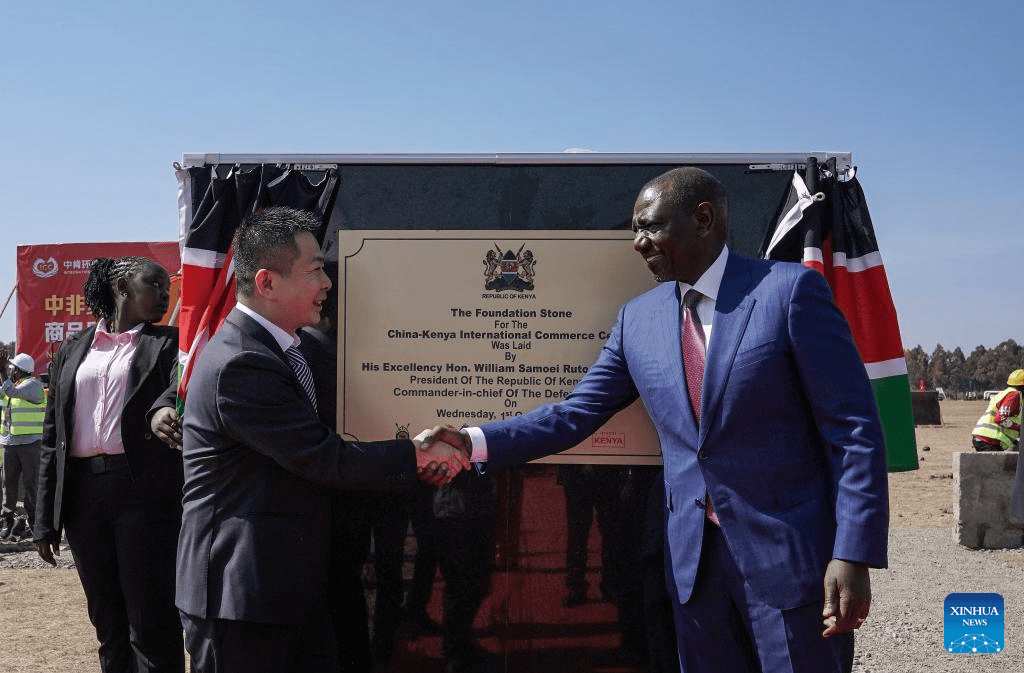We're loading the full news article for you. This includes the article content, images, author information, and related articles.
The government unveils a major land commercialisation initiative aimed at boosting food security and slashing the nation's multi-billion dollar food import bill. The plan seeks to attract private capital for large-scale farming of key crops.

NAIROBI – The Kenyan government has announced an ambitious plan to open up over 607,000 hectares of farmland to private investors for large-scale agricultural projects, a strategic move aimed at bolstering national food security and reducing a food import bill that reached $3 billion between 2021 and 2023. The announcement was made by Agriculture and Livestock Development Secretary Mutahi Kagwe during the 5th National Agribusiness Summit in Nairobi, which concluded on Thursday, October 23, 2025, EAT.
The initiative will target land parcels managed by the Agricultural Development Corporation (ADC) and underutilised prison farms, which have been identified as ready for commercial use. To facilitate this, the Ministry of Agriculture has established a new Land Commercialization Office designed to act as a one-stop shop for investors, providing essential information and streamlining the approval processes. “We have enough land in the country to achieve what we need,” Secretary Kagwe stated, signalling the government's commitment to the project.
This policy shift is a direct response to Kenya’s significant reliance on imported commodities. A July 2025 report from the UN Conference on Trade and Development (UNCTAD) identified wheat, sugar, rice, and maize as the country's top food imports. The new investment drive will prioritize the cultivation of these key crops, alongside oilseeds and pyrethrum, to meet both domestic demand and export market opportunities. Agriculture remains a cornerstone of the Kenyan economy, contributing approximately 22.5% of the Gross Domestic Product (GDP) and employing around 32% of the workforce.
The government's strategy aligns with broader economic goals of attracting Foreign Direct Investment (FDI) to spur growth. While Kenya has positioned itself as a regional economic hub, studies have shown that FDI has not always translated into industrial growth, often flowing into service sectors rather than productive industries like manufacturing and agriculture. A 2025 report from the Kenya Institute for Public Policy Research and Analysis (KIPRRA) noted that FDI inflows often bypass critical industrial sectors, highlighting a structural challenge the new land policy aims to address. By specifically targeting agriculture, the government hopes to channel foreign capital into a sector with high potential for job creation and value addition.
The move comes as the East African Community (EAC) shows signs of growing economic resilience. According to the EAC Quarterly Statistics Bulletin for the first quarter of 2025, the region recorded a trade surplus of $0.8 billion, a dramatic reversal from a $4.0 billion deficit in the same period of 2024. This turnaround was driven by a 47.3% surge in total exports to $17.7 billion, with intra-EAC trade alone rising by 53.6% to $5.2 billion. This improved trade environment provides a promising backdrop for Kenya's agricultural expansion, offering larger regional markets for surplus produce.
Neighboring countries are also seeking international financing for key sectors. Uganda recently secured over $2 billion in new concessional financing from the World Bank to support infrastructure, agriculture, and other development projects. This regional focus on attracting large-scale investment underscores a collective push to enhance productivity and economic stability.
Despite the opportunities, significant challenges remain. Foreign investors in Kenya have historically faced hurdles including political uncertainty, infrastructure gaps, and bureaucracy. Furthermore, a KIPRRA study pointed out that even when FDI enters industrial sectors, it is often in greenfield projects that are slow to become productive. The success of the land commercialisation initiative will depend on the government's ability to create a transparent and stable regulatory environment that gives investors confidence.
Climate change also poses a substantial threat to agricultural productivity. Kenya has been developing climate-resilient infrastructure projects, such as the Nairobi-Mombasa Expressway, to mitigate these risks. Integrating climate adaptation strategies into this new agricultural push will be critical for its long-term sustainability and success. The government's focus on creating a dedicated office to manage investor relations is a positive step, but sustained political will and effective implementation will be crucial to transforming these 607,000 hectares into a driver of economic growth and food security for Kenya.
Keep the conversation in one place—threads here stay linked to the story and in the forums.
Other hot threads
E-sports and Gaming Community in Kenya
Active 6 months ago
Popular Recreational Activities Across Counties
Active 6 months ago
The Role of Technology in Modern Agriculture (AgriTech)
Active 6 months ago
Investing in Youth Sports Development Programs
Active 6 months ago